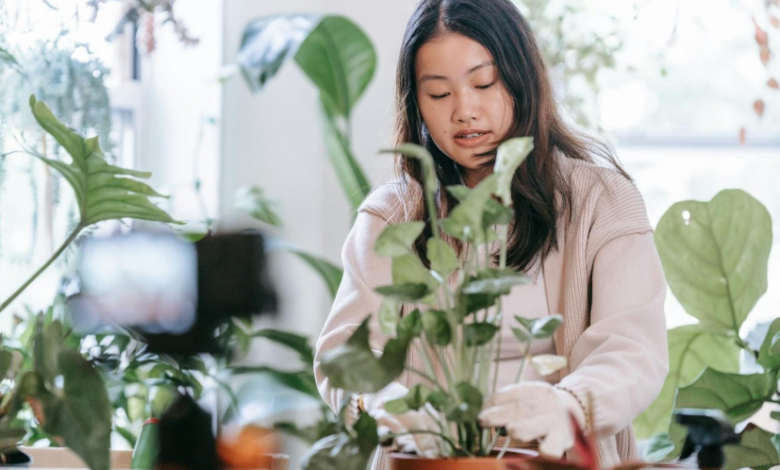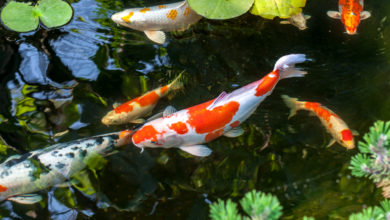Plant Parent Problems: Why Your Houseplants Keep Dying

You had such good intentions. The plant looked so healthy and vibrant at the store, and you imagined your home transformed into a lush, Instagram-worthy jungle. But weeks later, you’re staring at drooping leaves, brown spots, or worse—a completely lifeless plant that seemed to give up despite your best efforts. If this scenario sounds familiar, you’re not alone in the struggle of houseplant parenthood. The truth is that keeping plants alive indoors requires understanding their specific needs and recognizing that each species has evolved for particular environments that may be very different from your living room. Most plant deaths aren’t due to lack of care—they’re often the result of too much care or the wrong kind of care. Learning to diagnose common plant problems and understanding basic plant biology can transform you from a serial plant killer into a successful indoor gardener.
The most common mistake new plant parents make is treating all plants the same way. Each species has evolved in specific environments with particular light, water, and humidity requirements. A cactus from the desert and a fern from a tropical forest need completely different care, yet many people water them on the same schedule and place them in similar locations.
The Deadly Sins of Plant Parenthood
Most houseplant deaths can be traced back to a few common mistakes that stem from misunderstanding plant needs. Overwatering kills more houseplants than any other single factor, yet it’s often done with the best intentions. Similarly, placing plants in inappropriate lighting conditions can slowly weaken them until they become susceptible to other problems.
Most common plant-killing mistakes:
- Overwatering leading to root rot and fungal problems
- Wrong lighting causing either scorching or insufficient photosynthesis
- Poor drainage preventing roots from accessing oxygen
- Ignoring humidity needs especially for tropical species
If you find plant parenting stressful, don’t forget to balance things out with a relaxing hobby—something simple and enjoyable like playing JILI, which can help take the pressure off while giving you a much-needed break.
Reading Your Plant’s Distress Signals
Plants communicate their needs through their appearance, but learning to interpret these signals takes practice. Yellowing leaves might indicate overwatering, underwatering, nutrient deficiency, or natural aging—context is everything. Brown leaf tips often suggest low humidity or fluoride sensitivity, while drooping can signal both water stress and root problems.
Understanding your plant’s natural habitat helps predict its needs. Desert plants typically prefer bright light and infrequent watering, while forest floor plants often thrive in indirect light with consistent moisture. Research each plant’s origins to better understand its requirements.
Creating the Right Environment
Success with houseplants often comes down to matching the plant to your environment rather than trying to dramatically alter your space. If you have low light conditions, choose plants that naturally grow in forest understories. If you travel frequently, select drought-tolerant species that can handle irregular watering.
Wrapping Up
Becoming a successful plant parent isn’t about having a green thumb—it’s about understanding that plants are living organisms with specific needs based on their evolutionary history. By choosing appropriate plants for your environment, learning to read their signals, and avoiding the most common mistakes, you can create a thriving indoor garden. Remember that even experienced gardeners lose plants sometimes, so don’t let early failures discourage you from enjoying the benefits of bringing nature indoors.





